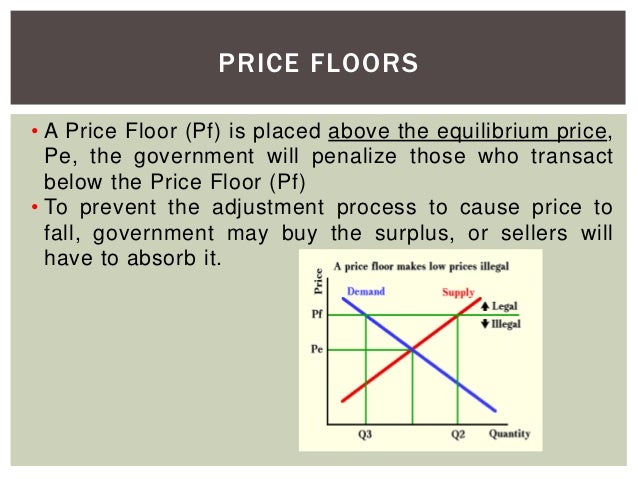A price floor can cause a surplus while a price ceiling can cause a shortage but not always.
Price ceilings cause shortages and price floors cause surpluses.
Consumers are clearly made worse off by price floors.
The supply of.
But if price ceiling is set below the existing market price the market undergoes problem of shortage.
But the price floor p f blocks that communication between suppliers and consumers preventing them from responding to the surplus in a mutually appropriate way.
Imagine if you had to rent out the front apartment of the farm for half of what you wanted to rent because of some new law obama made.
When a price floor is set above the equilibrium price quantity supplied will exceed quantity demanded and excess supply or surpluses will result.
Price ceilings which prevent prices from exceeding a certain maximum cause shortages.
If price ceiling is set above the existing market price there is no direct effect.
An example of a price ceiling we can use to explain the concept would be rent control.
Suppose that the supply and demand for wheat flour are balanced at the current price and that the government then fixes a lower maximum price.
Price floors and price ceilings often lead to unintended consequences.
A shortage happens when there is more of a demand for a good than there is supplied.
Price floors prevent a price from falling below a certain level.
However price ceiling in a long run can cause adverse effect on market and create huge market inefficiencies.
Price floors which prohibit prices below a certain minimum cause surpluses at least for a time.
One way shortages occur is through a price ceiling.


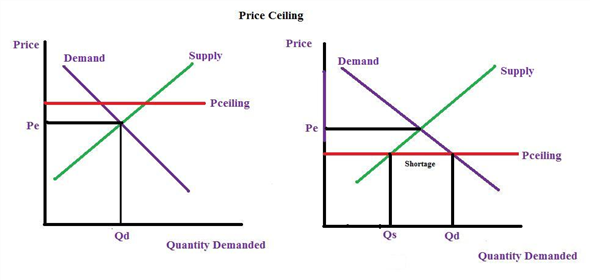

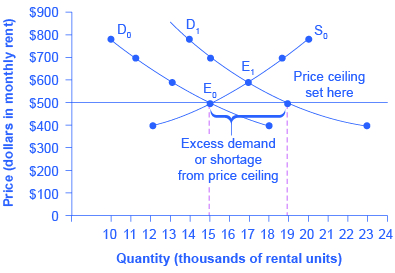
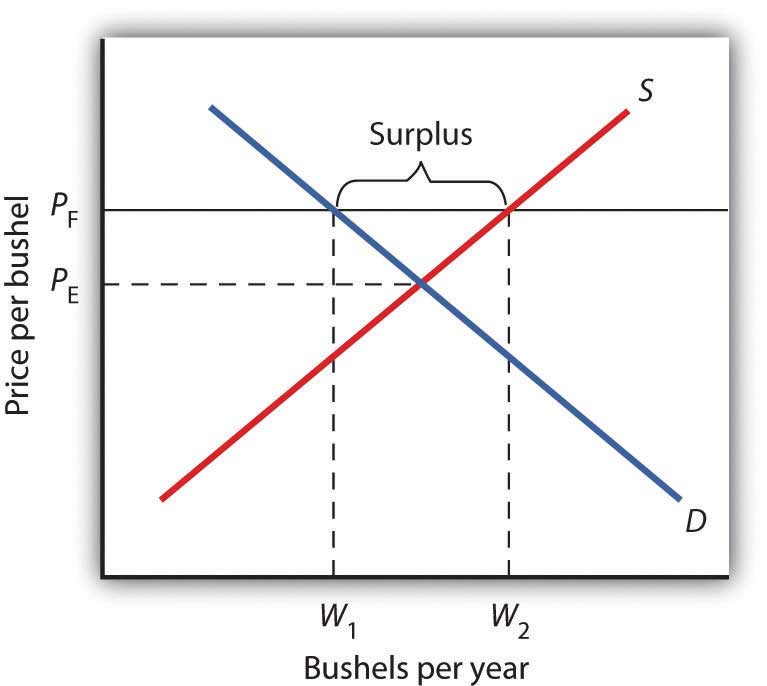
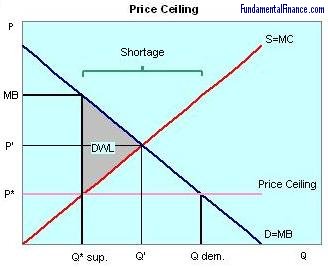
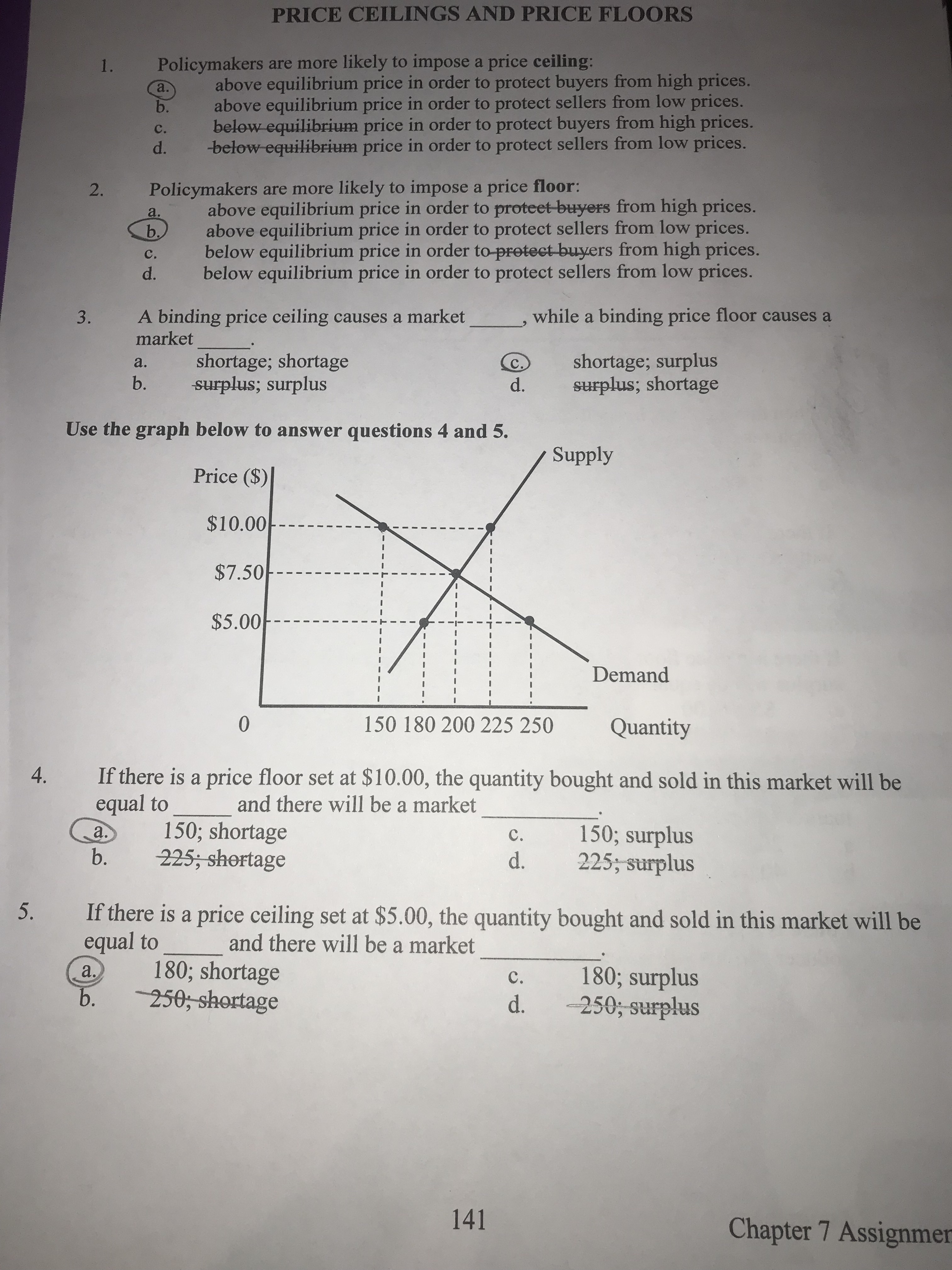






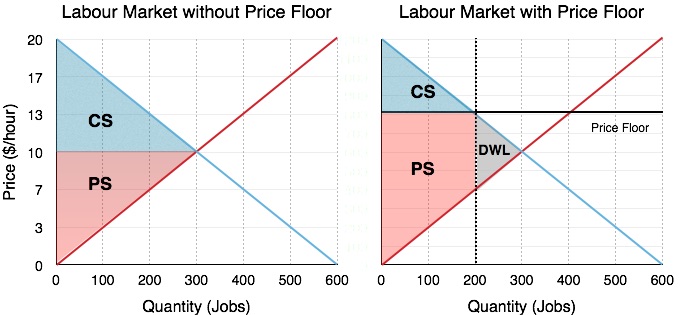


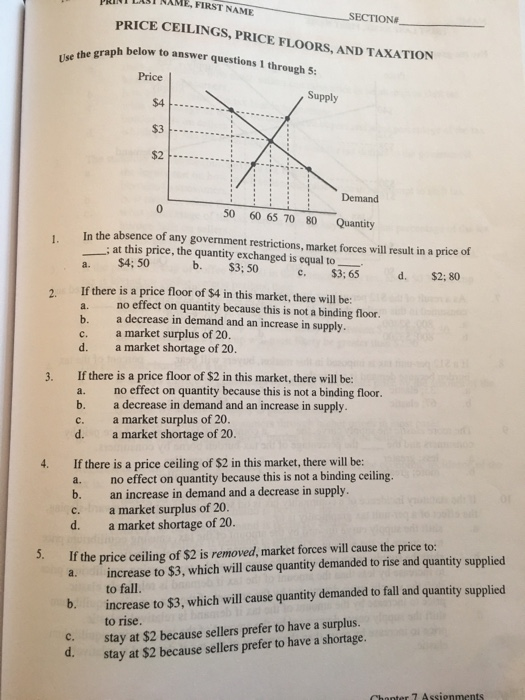

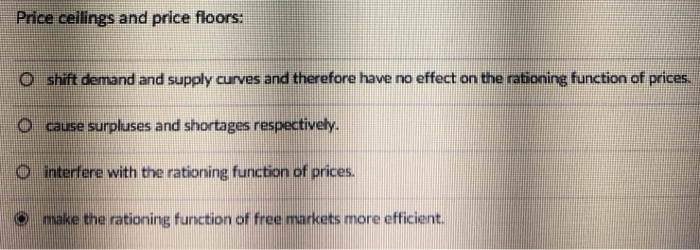



/disequilibrium-498e9ba4154c4a7c8739b3443da14b17.png)

